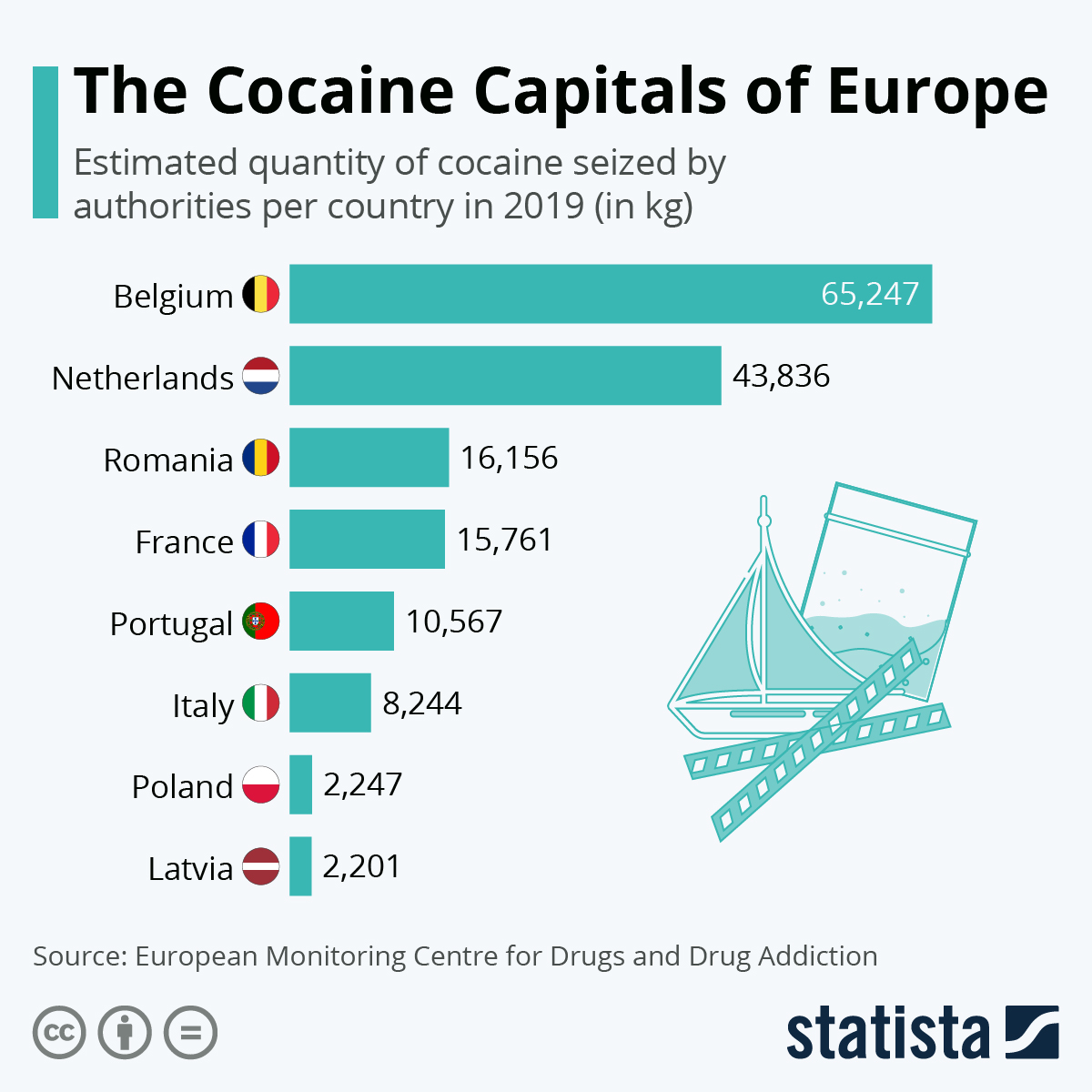TikTok has tapped former senior advisers to President Barack Obama and an ex-Disney executive as the wildly popular social media app is trying to avoid a US ban over fears it is being used by China to spy on Americans.
David Plouffe, who managed Obama’s 2008 presidential campaign, and Jim Messina, who helmed the then-president’s re-election bid in 2012, have been retained by TikTok, according to the Wall Street Journal.
TikTok, owned by Beijing-based ByteDance, has also hired Zenia Mucha, Disney’s former longtime communications chief, to help it navigate the political and legal minefield, the Journal reported.
Plouffe, Messina and Mucha were reportedly hired to coach TikTok CEO Shou Zi Chew in the days and weeks leading up to the executive’s contentious appearance before Congress.
Despite all the firepower, Chew failed to sway lawmakers in testimony before Congress last week when he denied that Americans’ data was at risk of falling into the hands of the Chinese government and said TikTok is willing to offer “third-party monitoring of our source code.”

“Mr. Chew, you are here because the American people need the truth about the threat TikTok poses to our national and personal security,” Committee Chair Cathy McMorris Rodgers (R-Wash.) said in her opening statement.
The Post has sought comment from TikTok, Plouffe, Messina and Mucha.
TikTok’s move to hire the trio of advisers, who are firmly embedded in the intersection between business and politics, is an indication that the Chinese-owned tech unicorn that has disrupted the social media space is putting up a fight against bipartisan calls for its banning.
After working in the Obama administration, Plouffe was hired by Uber to help the ridesharing app in its strategy to sway lawmakers and regulators.


Plouffe’s resume also includes a stint as a policy advocate for the Chan Zuckerberg Initiative, the philanthropic arm of Facebook’s parent company, Meta Platforms Inc.
Messina has made frequent television appearances on cable news, where he has provided political commentary.
He has also been hired as a consultant by foreign leaders, including former UK Prime Ministers David Cameron and Theresa May as well as former Spanish premier Mariano Rajoy.
Mucha, who runs her own consultancy firm, worked as a key aide to Disney CEO Robert Iger.
Her main area of responsibility was expanding Disney’s footprint in China.
She is credited with working with Chinese state officials to secure the rights to build Shanghai Disney Resort, the $5.5 billion theme park that opened in 2016.

TikTok’s public relations blitz on Washington was in full force last week when the company sent dozens of creators to Capitol Hill to lobby lawmakers in favor of the platform.
The Post reported exclusively on Thursday that ByteDance founder Zhang Yiming flew to Arkansas to meet secretly with the CEO of Walmart.
Former President Donald Trump pursued a ban on TikTok in 2020, but the effort was eventually struck down in federal court.

The Biden administration has demanded that ByteDance divest itself from TikTok as a condition for the app’s continued operations in the US.
ByteDance in recent weeks has pooh-poohed the prospect of a sale of its US business.
Last week, the Beijing government officially said it would “firmly oppose” any such deal.
https://nypost.com/2023/03/31/tiktok-hires-ex-obama-officials-ex-disney-exec-amid-ban-threat/

